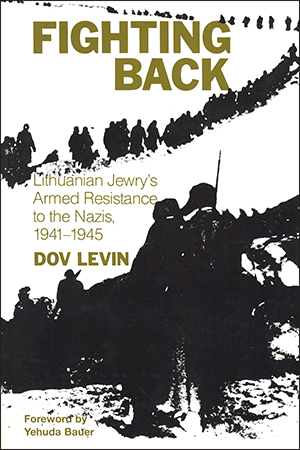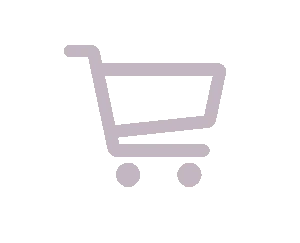
- 1985/298 pages
- Distributed for Holmes & Meier Publishers
Fighting Back:
Lithuanian Jewry's Armed Resistance to the Nazis, 1941–1945
Paperback: $27.50
ISBN: 978-0-8419-1389-9
Fighting Back chronicles the activities of the Lithuanian Jews who fought against the Nazis—in the Soviet army, in the forests, in the ghettos of Vilna, Kovno, Shavli, and Svencian, and even in the concentration camps. Dov Levin, a member of the Kovno ghetto underground and then a fighter with the Lithuanian partisans, brings both meticulous scholarship and his own personal experience to this richly detailed account of battles fought on a little-known front.







